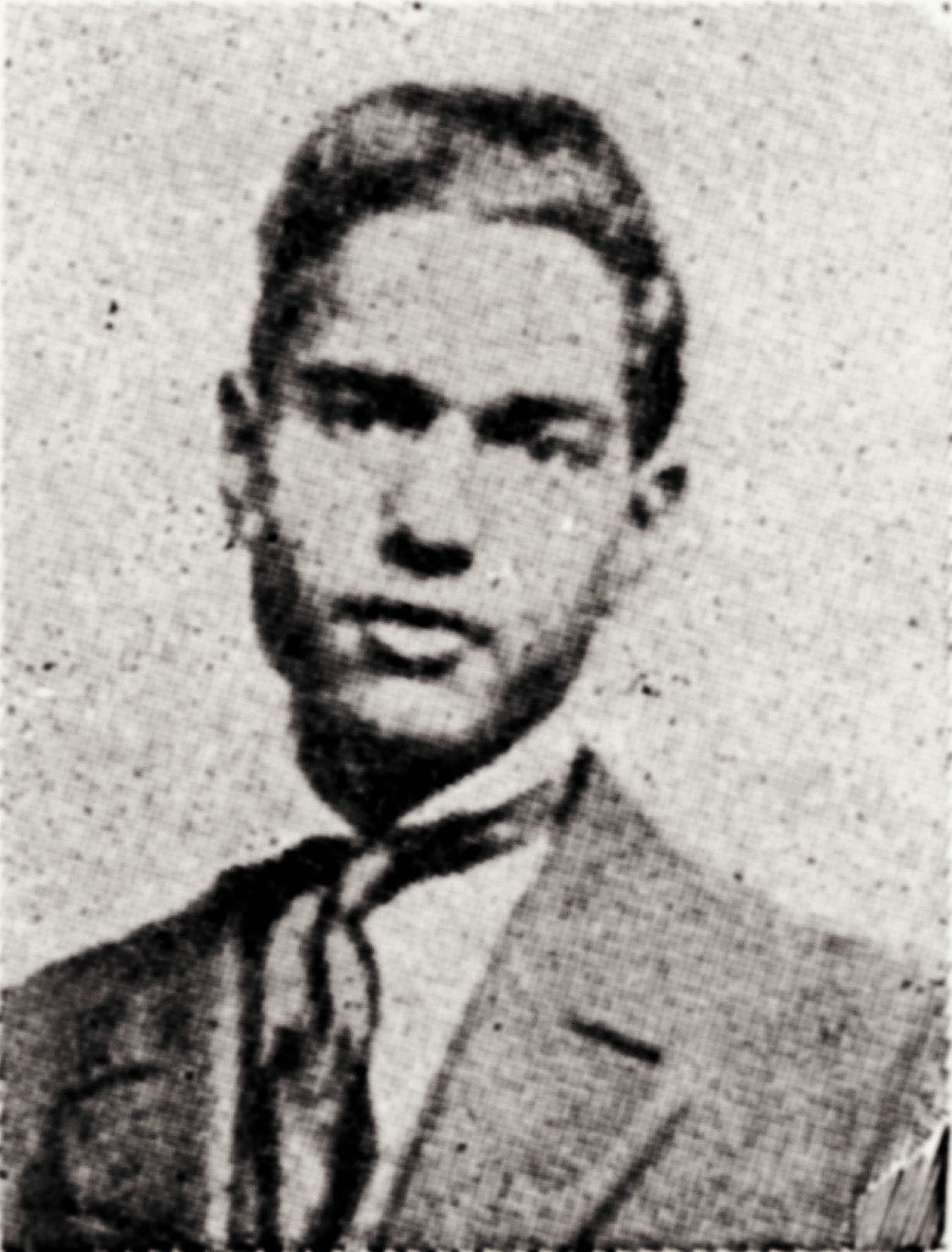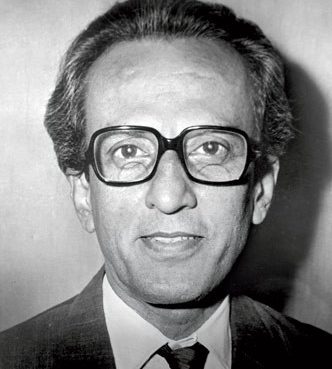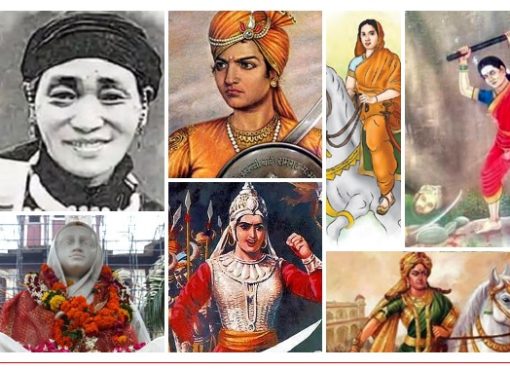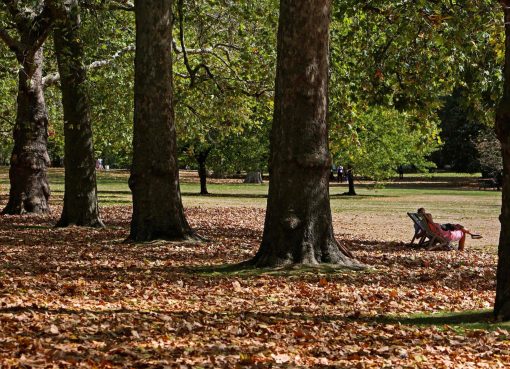Kartar Singh Sarabha occupies a unique, almost mythical place in the history of India’s struggle for independence. At barely 19, he became the ideological spark, battlefield organizer, and fearless martyr of the Ghadar movement. His story is not just that of a young revolutionary, but of a generation of Indians overseas who decided that freedom could not be begged for—it had to be seized. Sarabha’s brief life, filled with idealism and audacity, continues to echo through India’s revolutionary memory and illuminates the early, often under-acknowledged, phase of armed resistance against British rule.
Born on May 24, 1896, in the village of Sarabha near Ludhiana in Punjab, Kartar Singh grew up fatherless and was raised by his grandfather. His formative years shaped him into a boy with a sharp intellect, a questioning temperament, and a deep sensitivity toward injustice. Like many young Punjabis of his era, he left for the United States in 1912, hoping to pursue higher education. But America would give him something more than schooling—it would give him a revolutionary purpose.
When Sarabha arrived in California, he entered a world where Indian immigrants—mostly Sikh and Punjabi laborers—faced harsh racism, discriminatory laws, and daily humiliation. These migrants worked on farms, in lumber mills, and on railroads, often under exploitative conditions. The hostility they encountered sharpened their political consciousness. It was in this charged environment that the seeds of the Ghadar movement were sown.
In 1913, Kartar Singh Sarabha became one of the youngest founding members of the Ghadar Party, formed at the Yugantar Ashram in San Francisco. The party, led by stalwarts like Lala Hardayal, Sohan Singh Bhakna, and others, called for a complete overthrow of British rule through armed uprising. Sarabha quickly emerged as one of the movement’s most dedicated workers. He was involved in editing, printing, and distributing the party’s revolutionary newspaper, Ghadar, which was published in multiple languages and circulated across the world.
Despite his youthful age, Sarabha displayed remarkable leadership. He learned printing skills, typesetting, and even the operation of the revolutionaries’ hand-operated press. He wrote fiery poems and articles that urged Indians to rise against colonialism. His commitment was total—he lived at the Ashram, worked day and night for the cause, and became a symbol of enthusiasm among senior revolutionaries.
The outbreak of World War I in 1914 provided the Ghadar Party with an opportunity. Believing that Britain’s military preoccupation with the war had weakened its grip on India, the Ghadarites decided to launch a coordinated armed revolt inside the subcontinent. Thousands of Indian immigrants—farmworkers, students, railway laborers—began returning to India with the intention of joining an uprising.
Kartar Singh reached India in late 1914 as part of this wave. He travelled across Punjab, meeting soldiers, preaching rebellion, and distributing revolutionary literature. His ability to blend in despite being so young made him an effective mobilizer. He worked alongside Rash Behari Bose, Vishnu Ganesh Pingle, and other leaders who were planning a massive mutiny within the British Indian Army. At just 18, Sarabha was entrusted with critical organizational responsibilities.
However, the movement was betrayed. A police informer leaked the plans, and the British preemptively crushed the uprising. Hundreds were arrested, arms were seized, and military units were disarmed. Sarabha continued to operate underground for a few months, attempting to revive the rebellion, but he was eventually captured in late 1915.
Kartar Singh Sarabha’s trial in the Lahore Conspiracy Case revealed his extraordinary courage. While many attempted to defend themselves legally, Sarabha openly declared that he had fought against British rule and had no regrets. The 19-year-old revolutionary stunned the courtroom with his clarity and fearlessness. When asked if he understood the consequences of his actions, he replied that he was proud to have attempted to free his country.
He was sentenced to death and hanged on November 16, 1915, at Lahore Central Jail. Even the jail authorities noted his calmness and determination in his final hours.
Sarabha’s martyrdom deeply moved countless Indians. Bhagat Singh, the later icon of India’s revolutionary movement, considered Kartar Singh his greatest inspiration, reportedly keeping Sarabha’s photograph always in his pocket. To Bhagat Singh and his comrades, Sarabha represented the purest form of fearless patriotism.
Today, Kartar Singh Sarabha stands as one of the earliest and youngest architects of India’s armed struggle. His life reminds us that revolutions are not driven merely by strategies or leaders, but by individuals whose conviction burns too fiercely to be extinguished by fear. Sarabha’s legacy is that of a teenager who believed that freedom was worth any sacrifice—and proved it with his life.

শ্রী অনিমিত্র চক্রবর্তী হলেন একজন সাংবাদিক ও বিভাগীয় লেখক (columnist) এবং বেঙ্গল ভলান্টিয়ার্সের এক সক্রিয় কর্মী।





